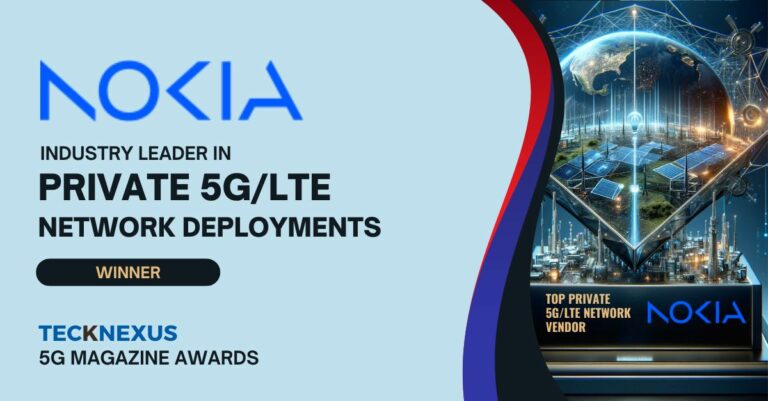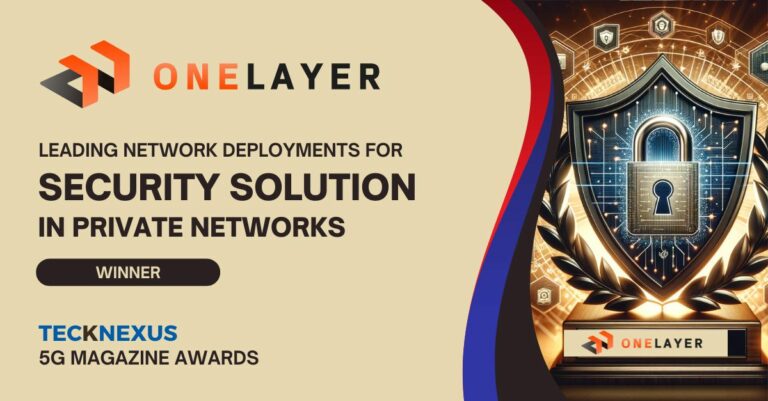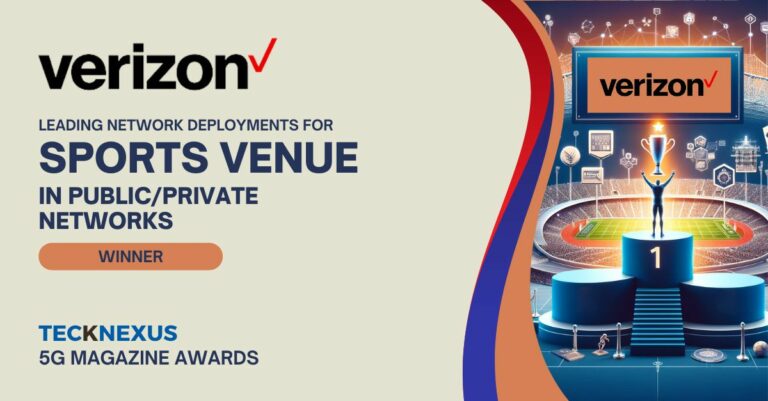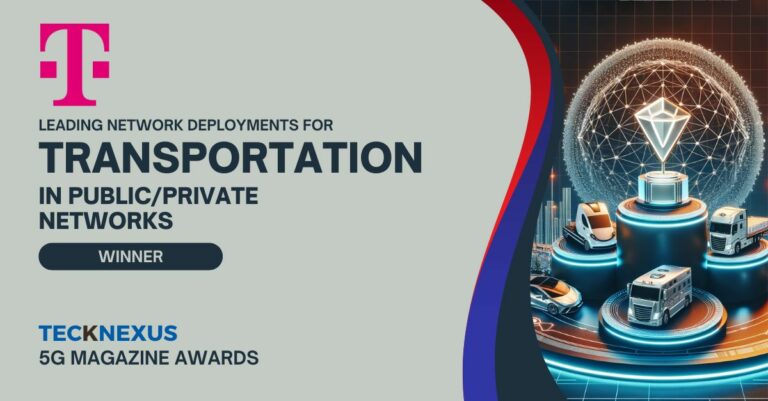The Evolution of Public Safety Communications
In the demanding and often unpredictable world of public safety, the rapid and accurate exchange of information is crucial. First responders and public safety professionals face immense pressure to act swiftly and wisely in emergencies, where every second can mean the difference between life and death. This article delves into how advancements in technology, particularly 5G, are set to enhance the field of public safety.
Challenges in Current Public Safety Communications
Historically, public safety communications have relied on a mix of technologies, ranging from traditional landlines to more advanced 4G networks. However, these systems often face limitations in high-stress, emergency environments. Issues such as network congestion, limited data bandwidth, and delayed information flow can hinder the effectiveness of first responders. In a crisis, receiving timely and accurate information is not just beneficial—it’s imperative. This gap in communication efficiency has been a persistent challenge, leading to the exploration of more advanced solutions, like 5G and Private 5G networks.
The Emergence of 5G Technology
5G, the fifth generation of wireless technology, promises improvements in speed, reliability, and data capacity. Unlike its predecessors, 5G has the potential to support an expansive range of applications and services. It offers significantly higher data rates, reduced latency, and the ability to connect many more devices simultaneously. This leap in technology is not just a step forward; it’s a transformative shift in how data is transmitted and received, opening new possibilities for public safety operations.
5G’s Impact on Public Safety
The introduction of 5G in public safety operations marks a pivotal moment. With 5G, first responders can access and share high volumes of data rapidly and reliably. This means faster transmission of critical information, such as real-time video feeds, detailed maps, and other data-intensive applications that were previously challenging to use in the field. Private 5G networks, tailored specifically for emergency services, can offer enhanced security, control, and customization, ensuring that sensitive information remains protected and communication lines stay clear during critical operations.
Enhancing Public Safety Operations with 5G Technology
One of the most critical impacts of 5G in the realm of public safety is its ability to facilitate better decision-making in the field. This is especially true with the concept of ‘decision-making at the edge,’ which refers to processing data closer to where it is needed rather than at distant data centers. With 5G’s low latency and high data capacity, first responders can access crucial information like video files and real-time communication, which were previously too large to be effectively used in emergency situations. This immediate access to information allows for quicker, more informed decisions during critical moments.
Upgraded Security Measures
The security of public safety networks is paramount in an era where cyber threats are increasingly common. Private 5G networks offer a significant advantage in this area. They provide enhanced security features, ensuring the protection of sensitive government and constituent data. Unlike previous generations of wireless technology, 5G incorporates advanced encryption and user authentication, making it a more secure platform for transmitting critical information. This built-in security is vital for maintaining the integrity and reliability of communication channels in crisis situations.
Mobility in Public Safety Operations
The advent of 5G is transforming the traditional IT infrastructure in public safety operations, making mobility a key component. Mobile technologies leveraging 5G’s low latency and edge data processing capabilities can deliver critical information and insights on the go. This shift means that first responders are no longer bound to fixed locations or limited in their access to real-time data. 5G-enabled mobile command centers, for example, can be seamlessly integrated into an agency’s standard IT environment, allowing for more centralized and efficient management.
Reducing Response Times
In emergency response, time is of the essence. 5G significantly enhances the efficiency of communications, enabling faster response to critical situations. The technology’s high speed and bandwidth facilitate quicker coordination among first responders, helping them arrive at the scene more rapidly with a clearer understanding of the situation. Moreover, 5G’s ability to support Internet of Things (IoT) applications means that public safety officials can be alerted to emergencies automatically, without relying solely on human intervention, further reducing response times.
The Role of Private 5G Networks
Private 5G networks play a special role in public safety by offering dedicated network resources to emergency services. These networks are tailored to meet the specific needs of public safety agencies, providing them with control over network traffic, prioritizing emergency communications, and ensuring robust and reliable connectivity even in the most challenging environments.
Practical Applications of 5G in Public Safety
Smart Driving and Managed Venues
5G technology is poised to enhance public safety in various community settings significantly. For instance, in smart driving, 5G-connected cellular technology can improve situational awareness on the roads, aiding drivers and pedestrians alike. This technology allows for real-time data transmission, alerting drivers to potential hazards, managing traffic flow more efficiently, and reducing the risk of accidents. Managed venues, such as sports stadiums and concert halls, are another area where 5G can make a substantial impact. Advanced 5G security technology can be used to ensure the safety of large crowds, allowing for quick emergency responses and more effective crowd management. This can be particularly beneficial in high-traffic events, where the speed and efficiency of communication are essential for public safety.
Linking 5G with 9-1-1 Infrastructure
Integrating 5G with existing 9-1-1 infrastructure is a crucial step in leveraging the full potential of this technology for public safety. With 5G, emergency call centers can receive a vast amount of data more efficiently, allowing for a more informed and rapid response to emergencies. This integration involves updating core technology to handle the influx of data from various sources, such as IoT devices and real-time video feeds.
Innovative Use Cases in Public Safety
5G technology opens up a range of innovative applications in public safety. For example, smart homes and buildings can forward crucial data like temperature readings, security footage, and floor plans directly to emergency services during crises, such as fires or security breaches. This information can be instrumental in guiding first responders’ actions, leading to more effective and safer interventions.
Moreover, live video applications in emergency situations represent a significant advancement. Drones, for instance, can surveil hazardous areas and transmit high-definition video instantly, providing crucial information for search and rescue operations. Additionally, body- or car-mounted cameras on officers can relay live video back to their departments, enhancing situational awareness and decision-making during critical moments.
Role of Private 5G Networks in Public Safety
Private 5G networks are particularly suited for public safety applications due to their enhanced security and customized network configurations. These networks can be designed to prioritize emergency communications and ensure reliable connectivity, even in challenging environments. By utilizing private 5G networks, public safety agencies can maintain control over their communication channels, ensuring uninterrupted and secure data flow during critical operations.
Future Prospects of 5G in Public Safety
5G Sidelink and Critical Communications
A significant advancement in 5G technology for public safety is the development of 5G sidelink, a form of direct device-to-device communication. Sidelink allows first responders to stay connected even in areas where cellular network coverage is limited or nonexistent, such as remote wildfire zones or deep within buildings. This technology is a game-changer for emergency services, enabling seamless communication in even the most challenging environments.
Extending Wide-Area Network Coverage
5G sidelink facilitates direct communication and expands network coverage through a multi-hop mesh network architecture. This means that a first responder in an area without direct network coverage can still communicate with a command center via other 5G sideline-enabled devices. Such an extended network is crucial in emergencies, allowing for uninterrupted communication and coordination among first responders.
Delivering New Services Beyond Voice
The versatility of 5G sidelink extends beyond traditional voice communications. Its broadband capabilities can support additional services like live video broadcasting and precise positioning. In the near future, radio frequency (RF) sensing technology could further enhance situational awareness by using radio signals to capture detailed environmental data. This multiplicity of services provided by 5G sidelink underscores its potential to revolutionize public safety communications.
Spectrum Readiness in the United States
In the U.S., the 4.9 GHz band has been allocated for public safety uses. Recent regulatory developments have reinforced this band’s role in public safety, ensuring its availability during emergencies. This regulatory support is crucial for the advancement and widespread adoption of 5G sidelink in public safety operations.
What’s Next for 5G in Public Safety
Looking ahead, 5G technology, especially with the advent of private 5G networks and sidelink capabilities, holds immense promise for public safety. These technologies can significantly enhance the capabilities of first responders, leading to more efficient and effective emergency responses. Stakeholders in the public safety community and the wireless industry are encouraged to collaborate in harnessing the full potential of 5G for public safety.



























































